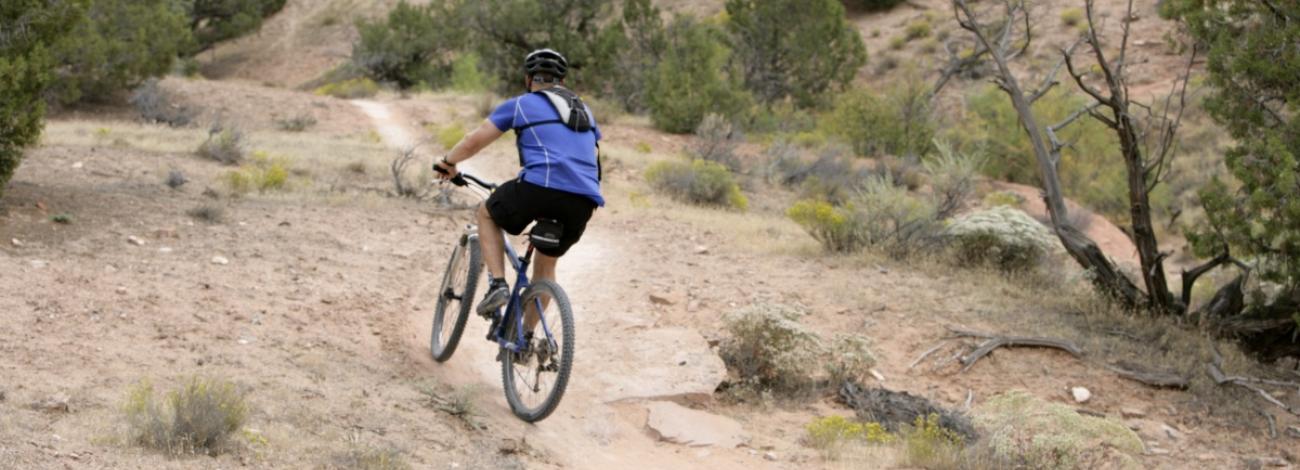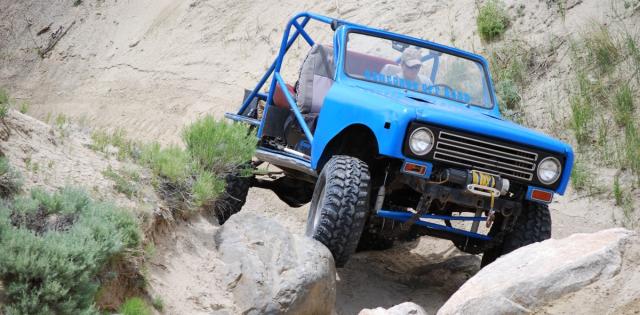
Colorado Travel and Transportation
Travel and transportation are an integral part of virtually every activity that occurs on public lands. The BLM uses comprehensive travel management to determine why and how to manage roads, trail systems and associated areas on public land to best meet transportation needs. Travel management looks at all forms of transportation including travel by foot, horseback and mechanized vehicles such as bikes, as well as all motorized vehicles.
We started assigning all public lands an off-highway vehicle designation in the early 1980s. Public lands may be open, limited or closed to motorized vehicles to best protect the land's important resources.
- Open: All vehicle use is unrestricted at all times, anywhere in the area.
- Limited: Vehicle use is restricted in certain areas, at certain times, or to certain types of vehicles.
- Closed: All vehicle use is prohibited.
BLM Colorado manages 8.3 million acres of public land. Of these lands, 42 percent are open, 48 percent are limited and 10 percent are closed.

